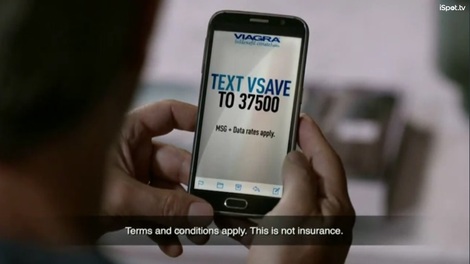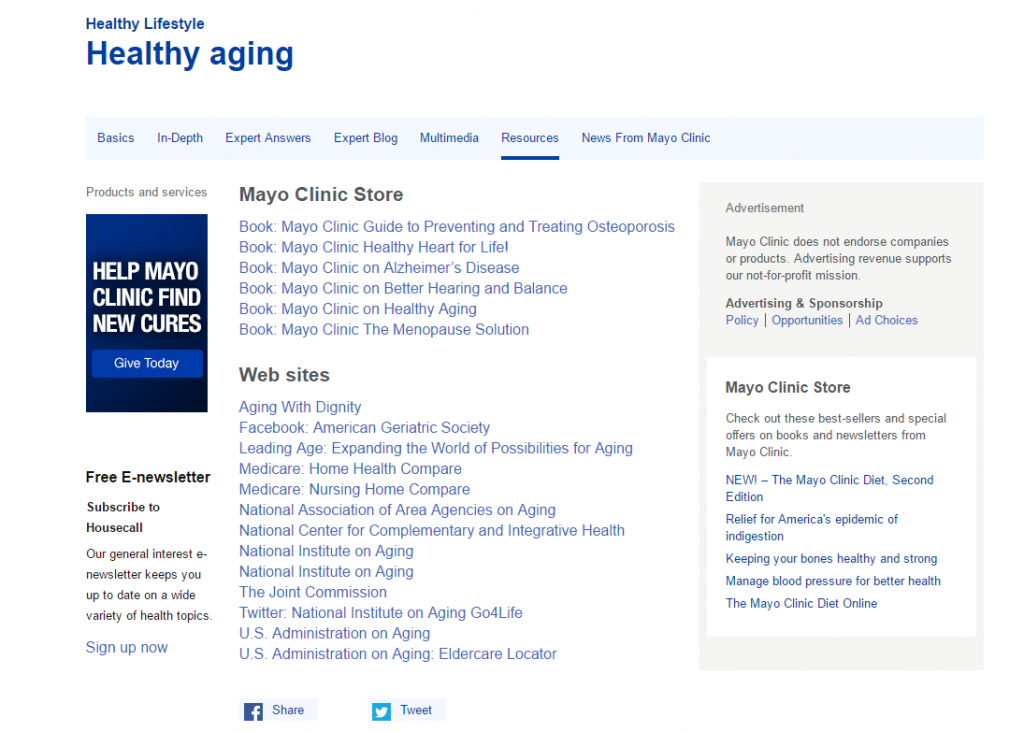Many healthcare marketers are focused on appealing to millennials. Yet there’s an equally important, and often overlooked demographic: senior citizens.
Increased life expectancy, along with the massive number of baby boomers sliding into the senior demographic, will make this a crucial demographic for many years. The U.S. Census Bureau predicts that, by 2030, Americans over 65 will account for over 20 percent of the total population. That’s almost double the amount than in the year 2000!
Unfortunately, with so many people living longer, their chances of developing a chronic health condition increases. There’s simply more time for conditions to develop. Aging baby boomers will have to contend with plenty of doctor and hospital visits over the next few decades.
Figuring out how to reach these people in a meaningful way is paramount to many healthcare marketers’ success.
A lot of ineffective marketing to seniors stems from misconceptions about what it takes to engage them. As we’re quickly finding out, this generation of seniors is a far cry from their parents’ generation.
Because seniors today are defying the stereotypes of what it means to be elderly, healthcare marketers must adjust to create meaningful experiences and build relationships.
Here are a few key things to keep in mind:
A more traditional marketing approach (print ads, direct mail, TV, radio, etc.) can work well for targeting seniors because they are comfortable engaging through those channels and still use them regularly.
But just because traditional marketing can still work well doesn’t mean marketers should abandon the idea of digital marketing completely.
The Pew Research Center found that Internet use among seniors increased by 150 percent between 2009 and 2011–the fastest-increasing demographic. Nearly 40 percent of them have a social media account. We can only expect these numbers to continue to rise. Aging baby boomers, many of whom are already comfortable with digital channels, are entering the senior demographic every day.
The rumors about seniors being unable–or unwilling–to embrace digital media are simply untrue. Smartphones and tablets are making the internet even more accessible, whether seniors are still working, retired, or even visiting their grandchildren.
Pfizer is trying an interesting hybrid approach by having people who see Viagra TV ads text a number to receive a discount on a year-old supply of the pills:

Image credit: Econsultancy
Don’t buy into the stereotype that seniors are averse to technology. A hybrid marketing approach (one that combines traditional and digital channels) might be your best way to connect.
More seniors are open to getting online and embracing new technologies, but there are a few key elements that distinguish those experiences from those of younger demographics.
As seniors age, it becomes increasingly common for their hearing and eyesight to become impaired. While a millennial probably won’t have any trouble navigating a flashy website with subtle drop-down menus, it might frustrate a senior to no end.
We have to always stay mindful of accessibility–whether we’re marketing across traditional or digital channels. Sometimes it’s simply a matter of laying out the content differently; using a larger font and more white space could turn a poor experience into a good one.
Another thing to watch out for: the increasing complexity of procedures and devices. As technology improves, so do our ways to utilize it in healthcare. We can create incredible value and change people’s lives. Unfortunately, it’s easy for that value to get lost in translation without a medical degree.
One of the best ways to simplify complex medical procedures and/or devices is to use explainer videos. These videos, which are usually short and contain plenty of visual aids, distill the essence of your healthcare solution.
Here’s an example from Senior Helpers, a home healthcare agency:
Redefine What It Means to be “Old”
You’ve probably heard the saying “40 is the new 30” countless times. Maybe you’ve even received a similar message on a birthday card celebrating a new decade or milestone!
This philosophy is prevalent throughout every living generation – especially new seniors.
Across the board, we’re redefining what it means to be “old.” We’re resisting the idea that one has to stop being active as soon as one retires. With healthcare and nutrition knowledge more advanced than ever, why should we have to slow down?
Today’s seniors believe that age is just a number. One interesting Pew survey found that people don’t even consider themselves “old” until they reach 72. Not that this distinction matters as much as it used to. Now, seniors are staying physically active and traveling well into their 60s, 70s, and beyond.
With such a fun-loving outlook, it’s only natural that positive marketing resonates. Instead of just trying to build relationships based on avoiding pain or chronic health problems, what if we shift our focus to helping seniors get the most out of life?
Here’s a positive ad featuring an active senior for the drug ELIQUIS:
Give Seniors the Information They Need to Get Proactive About Their Health
Today’s seniors don’t want to slow down, so they’re getting much more proactive about their health.
Instead of just visiting their doctors and hoping for the best, they’re online researching what it takes to have a healthier diet and lifestyle. An astonishing 86 percent of baby boomers research their health information online–a trend we can expect to continue as they edge into the senior demographic.
As marketers, we can engage with them earlier in the process by expanding the scope of our marketing. We can venture beyond just treating and/or managing conditions, and help people prevent them and find lasting health.
Some of the most powerful healthcare marketing today is educational. By creating a resource of content people can turn to, you engage them earlier in the process and prove you’re worth their attention.
Take a look at these healthy aging resources put together by Mayo Clinic:

Today’s seniors are interested in more than just staying out of the hospital or doctor’s office; they’re looking to squeeze every last drop of joy out of life. Marketers who help them achieve that will forge connections that last.
We can’t let old stereotypes about seniors lead to ineffective healthcare marketing.
As the massive baby boomer demographic edges into old age, they’re defying all the norms. They’re embracing technology. They’re taking their health into their own hands and getting serious about achieving the highest quality of life possible. They’re even changing what it means to be “old.”
You can help them. With the right marketing approach, you can build relationships that make every senior feel like an individual instead of just a statistic.
